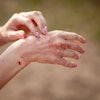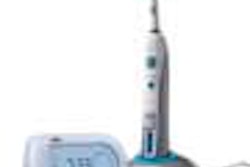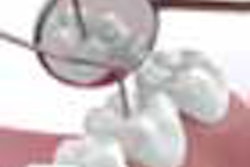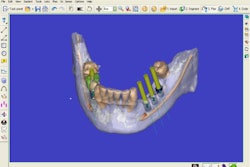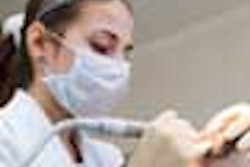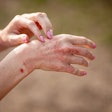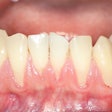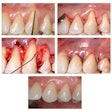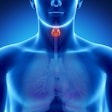The U.S. surgeon general put dentistry on notice in 2001 with a critical report that laid bare the dismal state of dental health care for the poor. Now three groups, the American Dental Association (ADA), the American Dental Hygienists Association, and a consortium of Alaskan Natives, have finally taken up the challenge. Each is proposing a new breed of professional that's less than a dentist, but may be more than a hygienist. In different ways, they all aim to bring more oral health care professionals into public and rural health clinics, hospitals, nursing homes, and similar venues that serve the underserved.
But is the dental world ready for oral health professionals outside "the traditional model of care?" How might these new professionals enhance, expand, or even threaten your practice? Some of these questions are answered in "Emerging Allied Dental Workforce Models: Considerations for Academic Dental Institutions," a recent study published by the American Dental Education Association in the November issue of the Journal of Dental Education.
The three proposed positions include the Community Dental Health Coordinator (or CDHC, backed by the ADA), the Advanced Dental Hygiene Practitioner (or ADHP, from American Dental Hygienists' Association), and the Dental Health Aide Therapist (DHAT, created by the Alaska Native Tribal Health Consortium). To date, only DHATs are currently practicing, in well-established programs in over 40 countries, and in Alaska since 2005, serving Native Alaskans.
What would these dental professionals do? At the low end, not surprisingly, is the ADA's CDHC. Under the supervision of a dentist, the CDHC would administer fluoride treatments and sealants, and perform gingival scaling and coronal polishing--not unlike a hygienist. The ADHA's Hygiene Practitioner is akin to a super hygienist and would do considerably more: prophylaxis, managed care for periodontal patients, restorations (fillings), and simple extractions, unsupervised or under the general supervision of a dentist or physician. Alaska's Dental Therapists go a step further, not only filling cavities and pulling teeth, but taking x-rays and placing stainless steel crowns, under general supervision or under "standing orders" given by a dentist. Required training ranges from 18 months (CHDC) to a 2 year masters program (ADHP).
If these mid-level practitioners ever hang out their shingles, what will be the net effect on public health and traditional dental practices? If the evolving role of dental hygienists is any indication, says the ADEA, the results will be positive. "Reports...of dental hygiene practice in supervised and unsupervised practice settings...[do] not increase [the] risk to the health and safety of the public," notes the report. In fact, independent hygienist practices attract new patients, increase access to care, lower costs, and ultimately, increase visits to the dentist.
To get a copy of the ADEA study, send an email to [email protected].



